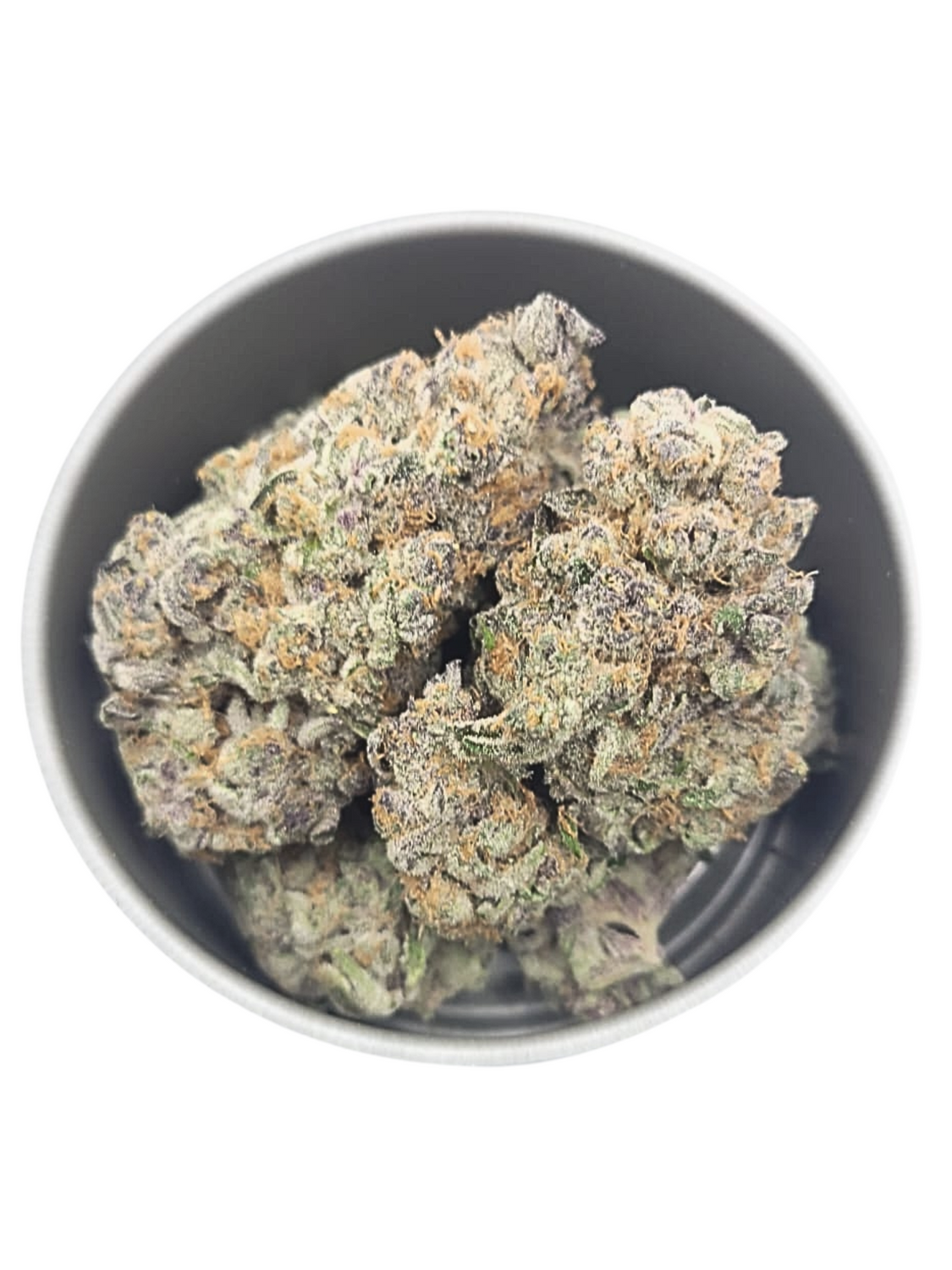Table of Contents
- Understanding Pain and Cannabis
- Factors Affecting Pain Relief
- Best Strains for Pain Relief
- Methods of Consumption for Pain Relief
- Complementary Strategies for Pain Management
- Conclusion
- FAQs
Looking for the best cannabis for pain relief? Look no further! Our comprehensive guide has got you covered. Explore a wide range of cannabis strains specifically curated to provide effective relief from pain. Get ready to discover your ideal strain and find the relief you’ve been searching for.
Understanding Pain and Cannabis
Pain manifests in different forms, from acute discomfort to chronic conditions and even neuropathic sensations. To comprehend how cannabis can aid in pain relief, it’s essential to understand the complexity of pain itself. Additionally, we introduce the endocannabinoid system, a unique biological system that modulates pain perception. By targeting this system, cannabis can alleviate different pain types, offering respite to individuals seeking relief.
Factors Affecting Pain Relief
To identify the best cannabis strains for pain relief, we must examine the key components responsible for their analgesic properties. Cannabinoids, such as THC, CBD, and terpenes, play vital roles in influencing pain perception. Each strain offers a unique composition of these compounds, and selecting the right combination is crucial. Strains with higher THC content may provide potent relief, while CBD-rich varieties offer more gentle effects. Additionally, the entourage effect, where different compounds synergistically interact, contributes to the overall effectiveness of pain relief.

By understanding the interplay between cannabinoids, terpenes, and the entourage effect, we can make informed decisions when choosing the best cannabis strains for pain relief. With this knowledge, let’s explore the various strains that stand out in their ability to provide effective and natural solutions for pain management.
Best Strains for Pain Relief
When finding the most effective cannabis strains for pain relief, certain varieties have garnered a reputation for their exceptional properties. These carefully cultivated and selected strains offer unique compositions of cannabinoids and terpenes that target pain receptors. In the following sections, we will explore some of the top contenders known for their potential to relieve various pain types.
1. Blueberry Headband
Blueberry Headband offers a remarkable experience for pain relief. Its unique blend of Blueberry and Headband strains combines euphoria and full-body relaxation, providing a soothing escape from chronic stress symptoms. With a THC content of 15%, this product strikes a perfect balance between potency and manageability. Its sweet blueberry flavor and aroma add a lovely touch to the experience.
Pros:
- Powerful pain relief for headaches and chronic stress symptoms
- Euphoric rush followed by full-body relaxation
- Pleasant sweet blueberry flavor and aroma
Cons:
- It may be too potent for novice users
- THC content may cause psychoactive effects in sensitive individuals
Specifications:
- Strain: Blueberry Headband (hybrid)
- THC: 15%
2. Harlequin
This sativa strain showcases exceptional qualities for pain relief. Its abundant CBD content and low THC level offer relaxation without clouding your mind. The expertise behind this strain is evident in its carefully balanced composition, where CBD amplifies the painkilling properties of THC. Harlequin’s versatility shines through as it effectively treats both pain and anxiety. The flavors of this strain range from earthy to fruity, adding a delightful dimension to the experience. Here’s a quick overview of the pros and cons, along with product specifications:
Pros:
- Abundant CBD content for potent pain relief
- Relaxing effects without mental fog
- Effective for treating both pain and anxiety
Cons:
- THC content may be too low for users seeking psychoactive effects
- Flavors can vary greatly, which may not appeal to everyone
Specifications:
- Strain: Harlequin (sativa)
- CBD: 9%
- THC: 5%
3. Blackberry Kush
Blackberry Kush proves to be an exceptional choice for pain relief. As an Indica-dominant strain with a high THC content, it provides a strong body with high and relaxing effects that effectively alleviate pain. The expertise behind this strain is evident in its carefully cultivated composition, resulting in its potent taste and aroma with a delightful hint of sweet berries. With a THC content of 17%, it delivers a powerful punch without CBD. Here’s a quick overview of the pros and cons, along with product specifications:
Pros:
- Indica-dominant strain for strong body high and relaxation
- Potent taste and aroma with a hint of sweet berries
- Effective for pain management
Cons:
- Lack of CBD may limit additional therapeutic benefits
- High THC content may be too intense for novice users
Specifications:
- Strain: Blackberry Kush (Indica-dominant)
- CBD: 0%
- THC: 17%
4. The White
Regarding the best cannabis for pain relief, The White stands out as an exceptional choice from a user’s perspective. This strain’s lack of flavor and odor makes it ideal for individuals who are sensitive to the taste or aroma of cannabis. Its visually appealing buds, covered in white trichomes resembling sugar, add to its allure. With a THC content of 21%, The White delivers a high that offers equal head and body sensations, providing effective pain relief. Here’s a quick overview of the pros and cons, along with product specifications:
Pros:
- Odorless and flavorless, ideal for those sensitive to taste or aroma
- Visually appealing buds covered in white trichomes
- Produces equal head and body sensations for effective pain relief
Cons:
- Lack of flavor and odor may not appeal to users seeking a sensory experience
- High THC content may be too potent for novice users
Specifications:
- Strain: The White
- THC: 21%
Methods of Consumption for Pain Relief
Regarding utilizing cannabis for pain relief, various consumption methods offer unique experiences. Exploring options such as smoking, vaporizing, edibles, and topicals allows individuals to find what works best. Each method differs in terms of onset time and duration of pain relief, with factors like dosage, strain selection, and personal preferences playing a crucial role. Understanding these considerations empowers users to make informed choices for effective pain management.
Complementary Strategies for Pain Management
In addition to cannabis, complementary strategies can enhance pain relief. Incorporating holistic approaches like exercise, mindfulness, and dietary adjustments can provide synergistic benefits. The potential synergy between cannabis and other therapies highlights the importance of a comprehensive pain management plan. It is always advisable to consult healthcare professionals to tailor an approach that suits individual needs and goals.
Conclusion
The wide range of cannabis strains and consumption methods makes it possible to find effective pain relief. Exploring options and consulting professionals can lead to personalized guidance for achieving optimal results. Cannabis, when used in conjunction with complementary strategies, offers a viable avenue for individuals seeking relief from pain. By combining knowledge, experimentation, and expert advice, individuals can unlock the potential of cannabis as a valuable tool in their pain management journey.
FAQs

Is cannabis better than painkillers?
Cannabis can offer an alternative option for pain management, but whether it is better than painkillers depends on individual circumstances. Over the years, cannabis has shown promise in relieving pain, especially chronic pain, with potentially fewer side effects than traditional painkillers. However, the effectiveness may vary depending on the type and severity of pain and personal factors.
How long does cannabis take to work for pain?
The onset time of cannabis pain relief can vary depending on the method of consumption. When smoking or vaporizing cannabis, the effects are typically felt within minutes, offering relatively fast pain relief. Edibles and oral consumption methods may take longer, usually between 30 minutes to two hours, as they need to be metabolized by the body. Topicals, applied directly to the affected area, provide localized relief and may take effect within minutes to an hour.
How long does cannabis pain relief last?
The duration of cannabis pain relief can vary depending on several factors, including the strain, dosage, method of consumption, and individual response. Inhaled methods like smoking or vaporizing may provide relief for a few hours. But, the effects of edibles can last up to several hours. Topical applications may offer localized relief for a variable duration. However, it is important to note that individual experiences may differ. As such, finding the optimal dosage and strain for long-lasting pain relief may require experimentation and consultation with a healthcare professional.









